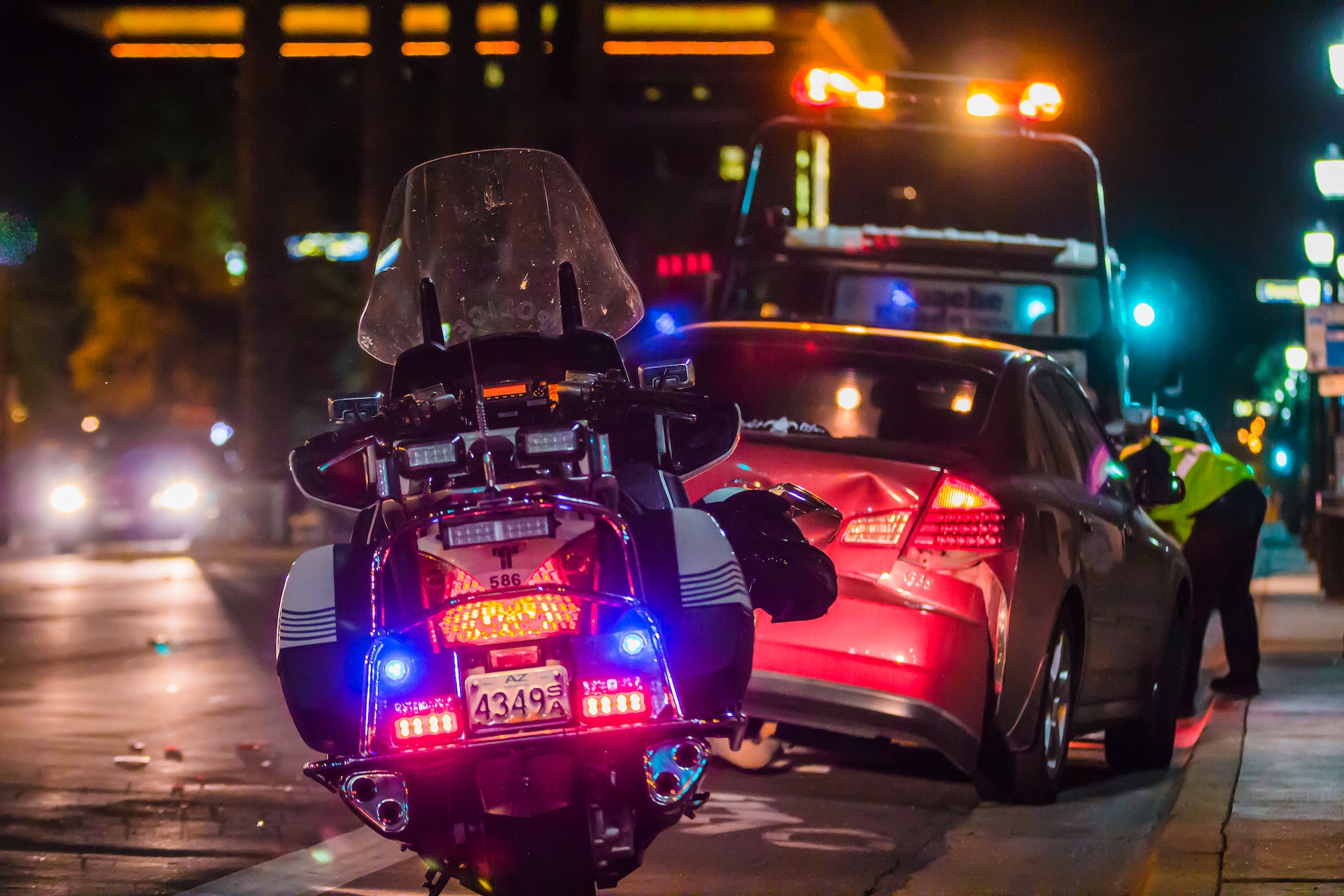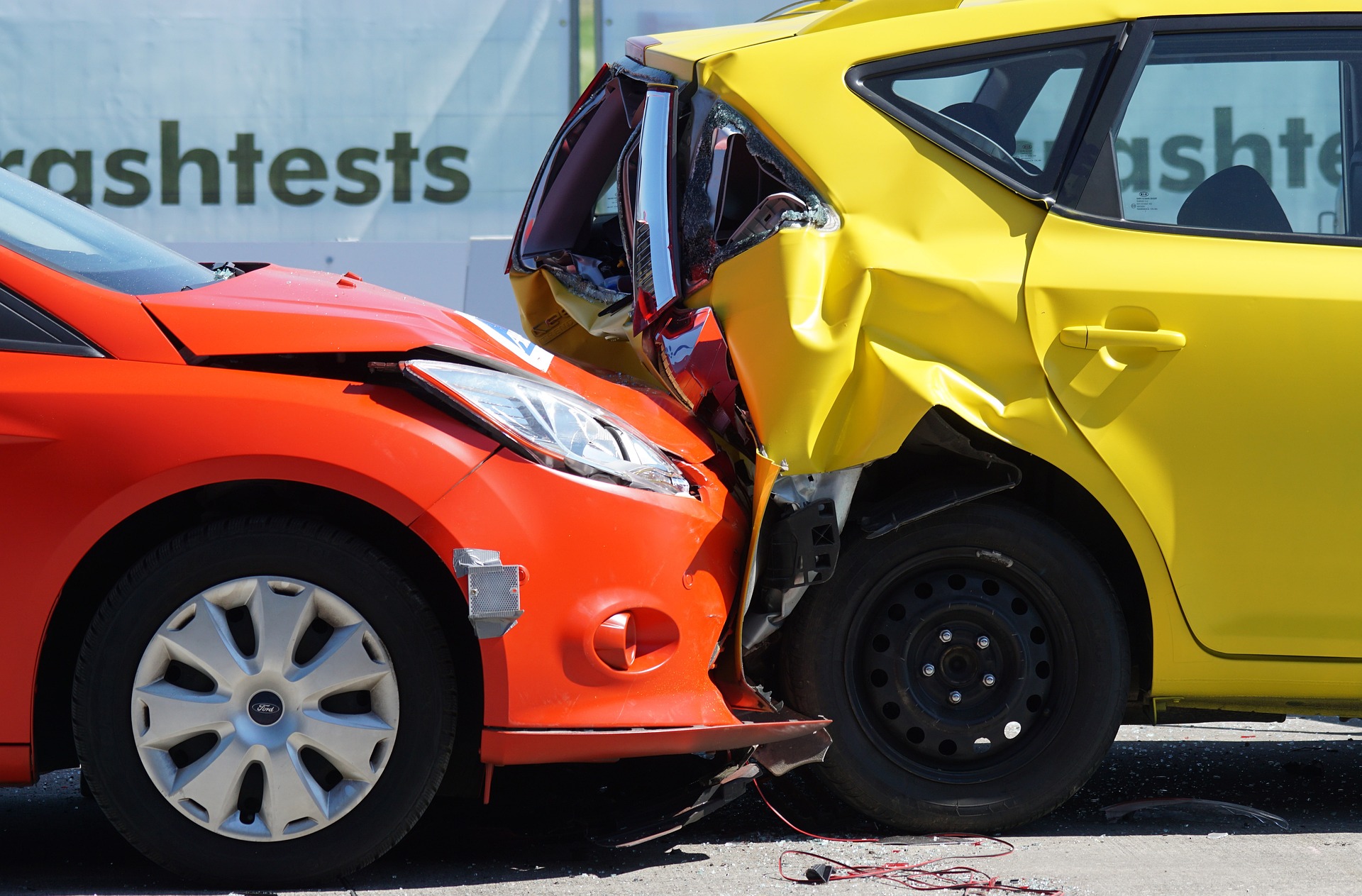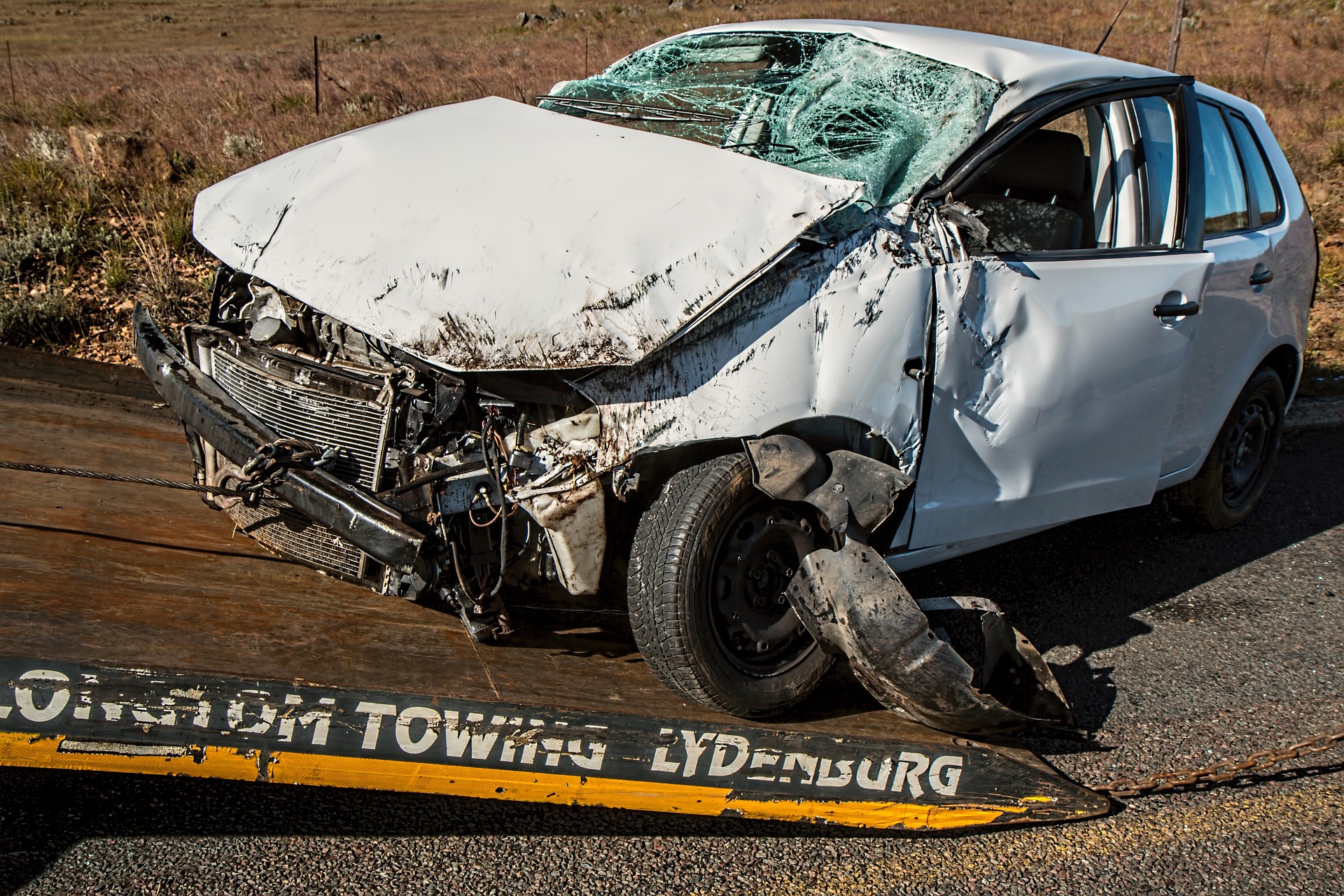Car accidents are stressful and scary events that can have serious consequences for your health, finances, and legal rights. If you are at fault for causing a car accident, you may face even more challenges and risks. You may be liable for the damages and injuries of the other parties involved, as well as your own. You may also face higher insurance rates, lawsuits, or even criminal charges.
Being at fault for a car accident does not mean you have to panic or give up. There are steps you can take to protect yourself and minimize the negative impact of the accident. In this article, we will explain what it means to be at fault for a car accident, what you should do after an accident that is your fault, and what you can expect from the legal process. We will also share some tips on how to prevent future accidents and avoid common mistakes that can make your situation worse.
What Does It Mean to Be at Fault for a Car Accident?
In legal terms, being at fault for a car accident means that you were negligent or careless in your driving behavior and that your negligence caused the collision. Negligence is the failure to act with reasonable care and prudence on the road. Some examples of negligent driving include:
- Speeding
- Running a red light or stop sign
- Driving under the influence of alcohol or drugs
- Distracted driving (such as texting or eating)
- Failing to yield the right of way
- Failing to signal or check blind spots
- Failing to maintain your vehicle
If you are found to be at fault for a car accident, you are responsible for compensating the other parties involved for their losses. These losses may include:
- Medical bills
- Lost wages
- Pain and suffering
- Emotional distress
- Property damage
The amount of compensation you have to pay depends on the severity of the injuries and damages, as well as the insurance coverage of both parties.
What Should You Do After an Accident That Is Your Fault?
If you are involved in a car accident that is your fault, you should follow these steps:
- Check for injuries and call 911. The first priority after any accident is to make sure everyone is safe and get medical attention if needed. Call 911 to report the accident and request an ambulance if anyone is injured. Do not move anyone who is seriously injured unless it is necessary to avoid further harm.
- Exchange information with the other driver. You should exchange your name, phone number, address, driver’s license number, license plate number, and insurance information with the other driver. You should also get the names and contact information of any passengers or witnesses. Do not admit fault or apologize for the accident, as this could be used against you later.
- Take pictures and document the scene. If possible, take pictures of the vehicles, the damage, the road conditions, the traffic signs, and any other relevant details. You should also write down what happened before, during, and after the accident, including the time, location, speed, weather, and any other factors that may have contributed to the crash.
- Call your insurance company. You should report the accident to your insurance company as soon as possible. Be honest and cooperative with your insurer, but do not admit fault or agree to any settlement without consulting a lawyer first. Your insurance company will investigate the accident and determine who was at fault based on the evidence and the laws of your state.
- Consult a lawyer. If you are at fault for a car accident, you may benefit from hiring a lawyer to represent you and protect your rights. A lawyer can help you negotiate with the other party’s insurance company, defend you against any lawsuits or criminal charges, and advise you on how to handle your own claim.
What Can You Expect from the Legal Process?
The legal process after a car accident that is your fault depends on several factors, such as:
- The state where the accident occurred
- The type and amount of insurance coverage of both parties
- The severity and extent of the injuries and damages
- The willingness of both parties to settle or go to court
There are two main types of states when it comes to car accidents: fault states and no-fault states.
Fault States
In fault states, the driver who caused the accident is liable for paying for the losses of the other parties involved. The injured party can file a claim with their own insurance company, with
the other driver’s insurance company, or with both insurers if they have coverage from different companies. The at-fault driver’s insurance company will pay for the losses of the injured party up to the policy limits. If the losses exceed the policy limits, the injured party can sue the at-fault driver for the remaining amount.
No-Fault States
In no-fault states, each driver must file a claim with their own insurance company for their injuries after an accident, regardless of who was at fault. This means that each driver must have personal injury protection (PIP) coverage, which pays for medical bills, lost wages, and other expenses related to the accident. PIP coverage has a limit, which varies by state and by policy.
In no-fault states, drivers cannot sue each other for injuries unless they meet certain criteria, such as:
- The injuries are severe or permanent
- The medical bills exceed a certain amount
- The accident resulted in death or disfigurement
These criteria are different for each state, so it’s important to check your state’s laws before filing a lawsuit. Even in no-fault states, drivers can still sue each other for property damage, such as damage to their vehicles.
How to Prevent Future Accidents and Avoid Common Mistakes
Being at fault for a car accident can have serious consequences for your health, finances, and legal rights. However, you can take steps to prevent future accidents and avoid common mistakes that can make your situation worse. Here are some tips:
- Drive safely and defensively. Follow the traffic rules, obey the speed limit, wear your seat belt, and avoid distractions such as texting or eating while driving. Be alert and aware of your surroundings, and anticipate potential hazards. Keep a safe distance from other vehicles and adjust your driving according to the weather and road conditions.
- Maintain your vehicle. Make sure your vehicle is in good working order and has regular maintenance checks. Check your tires, brakes, lights, windshield wipers, and fluid levels regularly. Fix any problems or defects as soon as possible.
- Have adequate insurance coverage. Make sure you have enough liability coverage to pay for the damages and injuries you may cause in an accident. Consider adding optional coverages such as collision, comprehensive, uninsured/underinsured motorist, and PIP to protect yourself from other risks. Shop around and compare quotes from different insurers to find the best deal for your needs.
- Don’t admit fault or apologize. After an accident that is your fault, you may feel guilty or sorry for what happened. However, you should not admit fault or apologize to anyone at the scene of the accident, as this could be used against you later by the other party’s insurance company or lawyer. Instead, be polite and cooperative with the police and the other driver, but limit your conversation to exchanging information and reporting the accident.
- Don’t sign anything or accept any settlement without consulting a lawyer. After an accident that is your fault, you may be contacted by the other party’s insurance company or lawyer. They may offer you a settlement or ask you to sign a release or waiver. Do not sign anything or accept any settlement without consulting a lawyer first. You may be giving up your rights or accepting less than what you deserve.
- Consult a lawyer. If you are at fault for a car accident, you may benefit from hiring a lawyer to represent you and protect your rights. A lawyer can help you negotiate with the other party’s insurance company or lawyer, defend you against any lawsuits or criminal charges, and advise you on how to handle your own claim.


